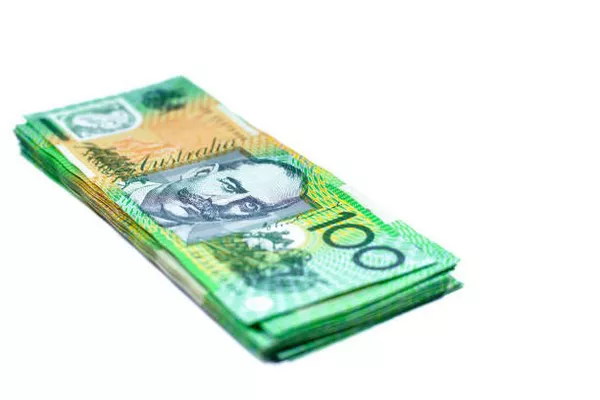AUD/USD rose for the third day on Thursday and is now trading above the 0.6700 round number. Spot prices are close to the nearly seven-month high hit on Wednesday and are expected to continue the trend after breaking out of a multi-week range overnight.
The Australian dollar (AUD) continued to draw support from upbeat Australian retail sales data on Wednesday, which strengthened the case for the Reserve Bank of Australia (RBA) to raise interest rates. This data, as well as the recent decline in the US dollar (USD), overshadowed the data that Australia’s trade surplus narrowed to AUD5.77 billion in May from AUD6.54 billion in the previous month, becoming a favorable factor for AUD/USD.
Weak US macro data showed signs of a weak labor market and a weakening economy. In addition, the minutes of the last FOMC meeting showed that most policymakers said that US economic growth is gradually cooling. This strengthened bets that the Federal Reserve (Fed) will cut interest rates in September, triggering a plunge in US Treasury yields and dragging the US dollar exchange rate to a three-week low on Wednesday.
Besides this, the underlying strong bullish sentiment in global equities also weakened the safe-haven dollar, providing support for the risk-sensitive Australian dollar. Nevertheless, ongoing geopolitical tensions and political uncertainty in the United States and Europe may hinder bulls from making large positions around AUD/USD amid relatively light trading volumes during the US Independence Day holiday.
Investors may also choose to wait and see ahead of the release of the closely watched US monthly employment data on Friday. US non-farm payrolls may affect expectations of future Fed policy decisions, which in turn will drive a stronger dollar and provide new momentum for AUD/USD. However, the fundamental backdrop suggests that there is least resistance to the upward movement of spot prices.


